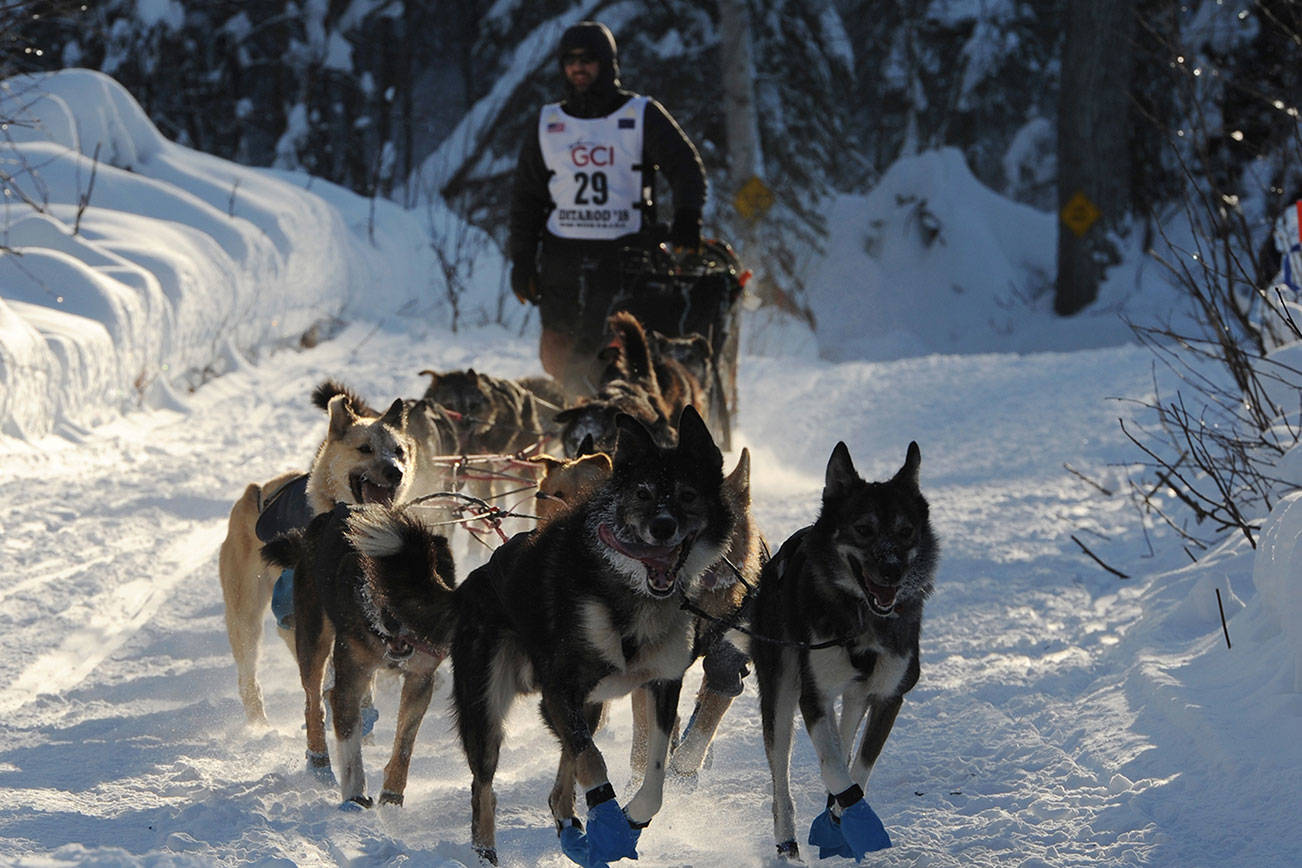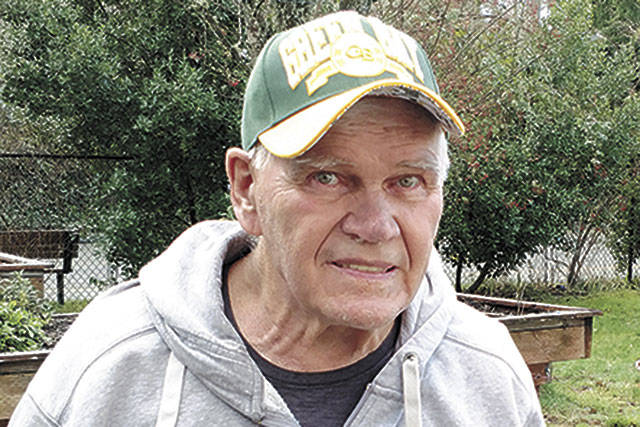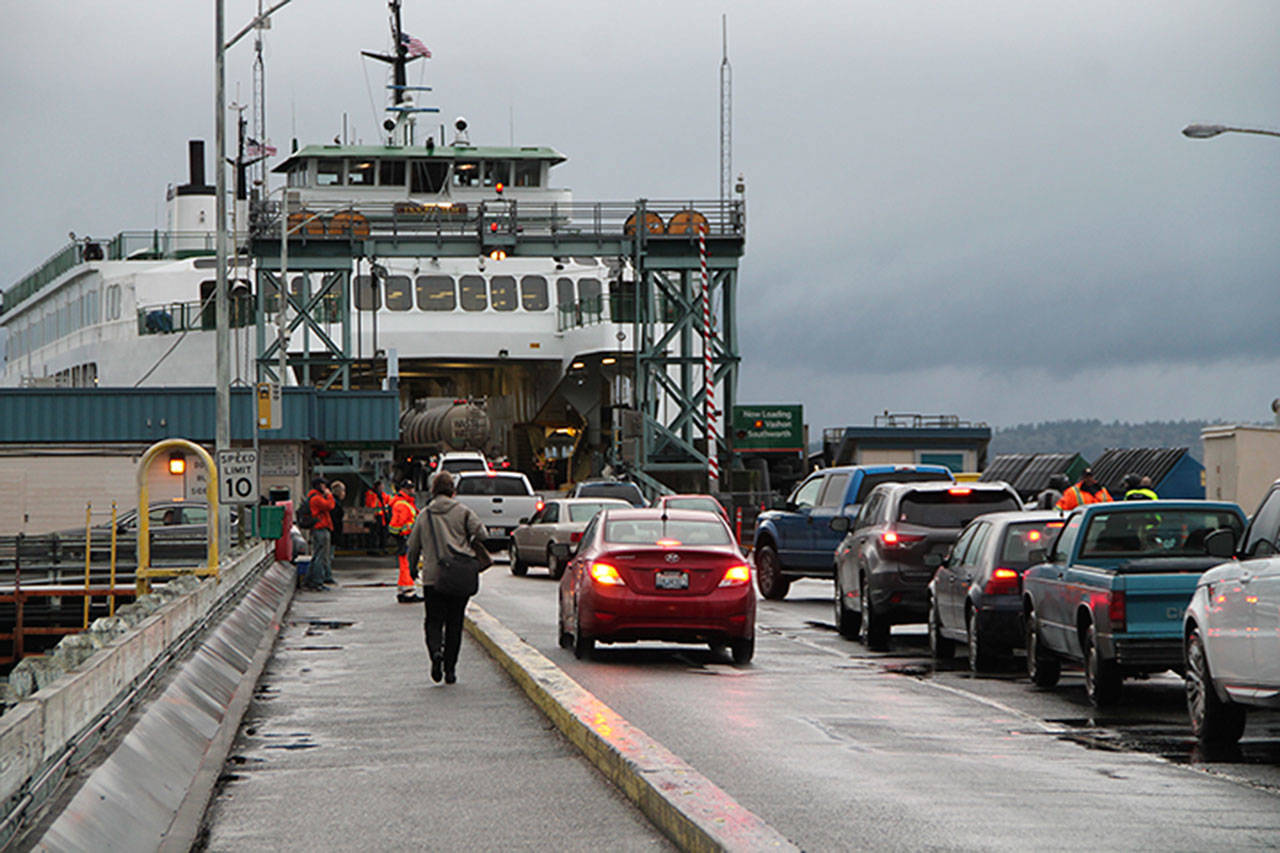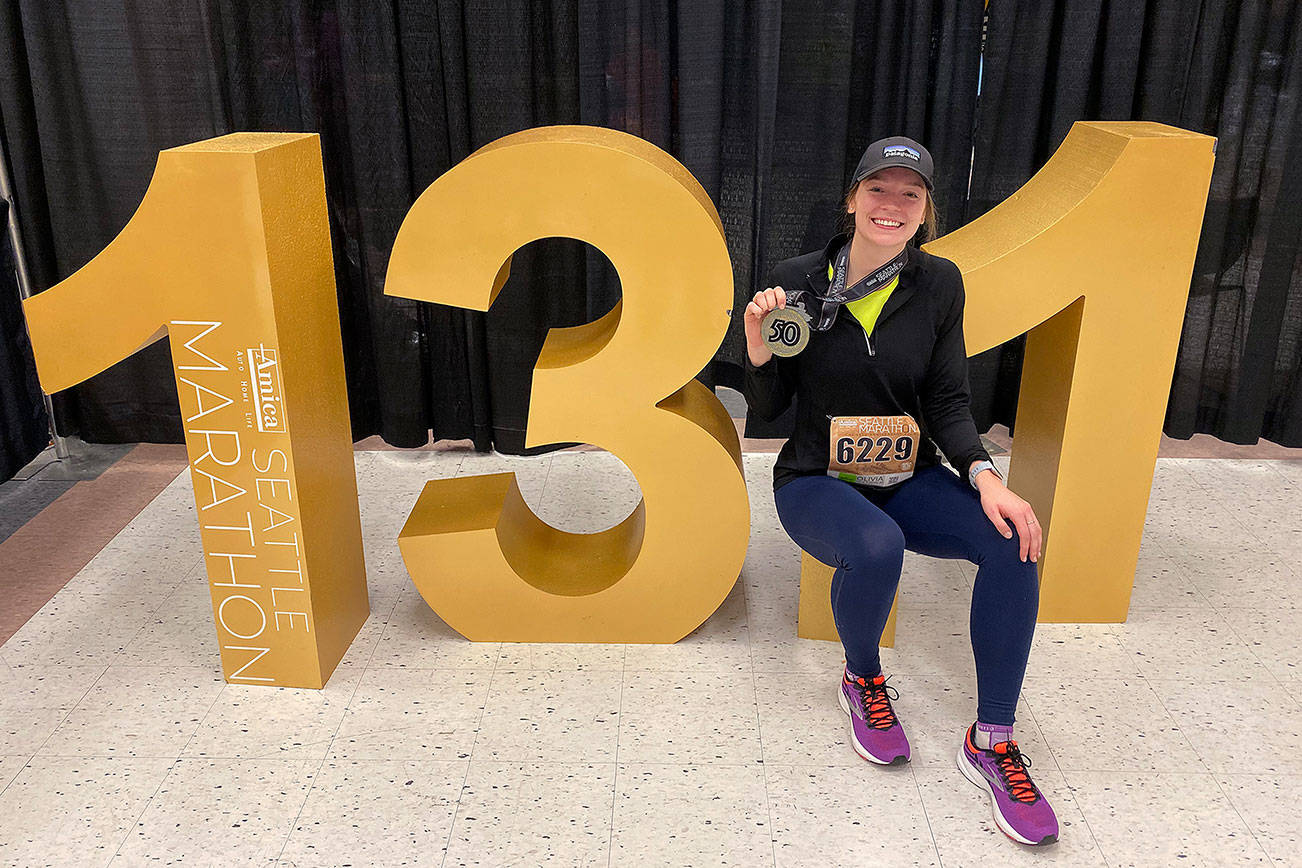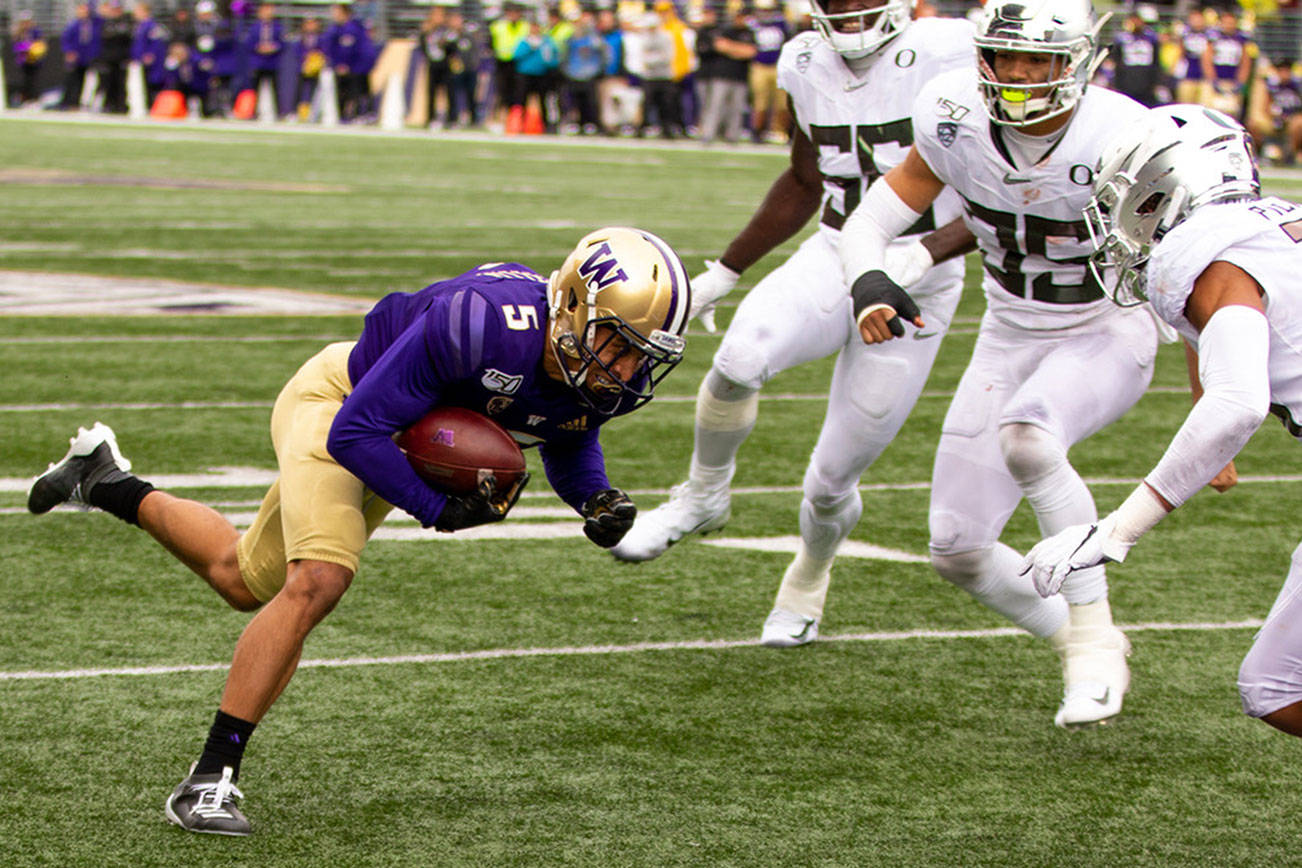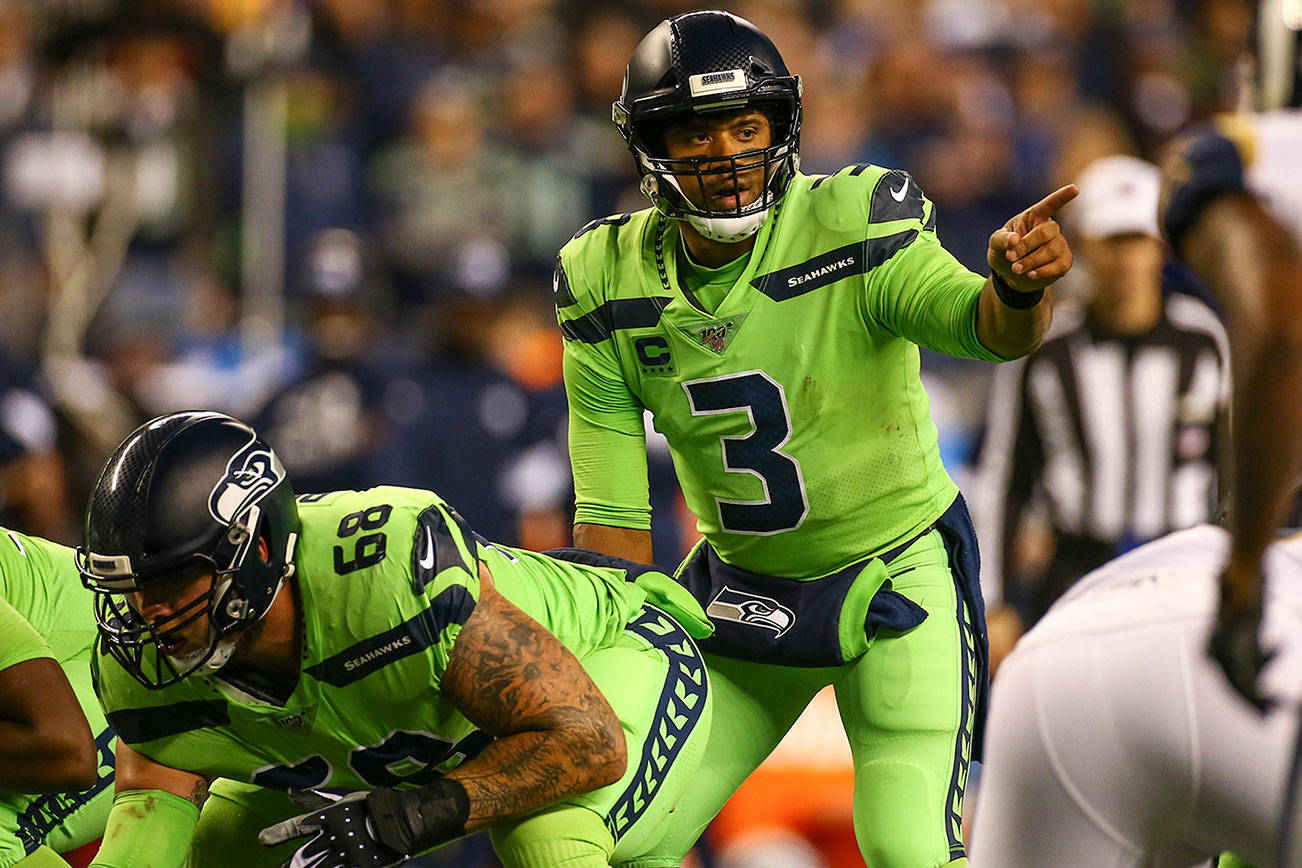Last Saturday in Anchorage, Alaska, nearly 70 mushers and their dog teams set off on a 1,000 mile race to Nome, all competing in the renowned Iditarod sled dog race. The race has drawn controversy at times, including allegations of dog cruelty and doping. But it has also drawn mushers from the world over and legions of fans who praise the dogs as extraordinary athletes and believe the race is one of the greatest tests of the age-old struggle between humans and nature. The teams, who will travel through the interior of Alaska—up mountain passes, on frozen rivers and over open tundra—owe their experiences in the coming days to three men who launched the race in 1973, including one who lives on Vashon Island.
Tom Johnson, 80, is a resident at Vashon Community Care. He and two friends, Joe Redington and Gleo Hyuk, launched what is now known as the Last Great Race on Earth. Last week, Johnson sat down for a long conversation and shared his manuscripts detailing the Iditarod’s origins.
In the early 1970s—as Johnson and many historical accounts tell it—mushing was fading away in Alaska as the popularity of snow machines rose. Johnson and Hyuk were both teachers in Wasilla, Alaska, and members of Aurora Dog Mushers Club along with Redington. The club used to hold short races, but Redington—who came to be known as the father of the Iditarod—had bigger ideas.
“One night we were brainstorming,” Johnson recounted. “Joe said why not … have a big race? All three of us thought that would be a wonderful idea.”
Johnson’s manuscript reveals what happened over the next several months as the men and others who assisted them determined a course, created interest in the race, and raised prize money. Early on, the three men linked up with Bill Weimar, a Democratic organizer in Anchorage (who would go on to spend time in jail for political corruption) to see if he might help launch the event. While Weimar reportedly told the men he knew nothing of dogs, trails or mushing, he liked the idea and signed on, saying it sounded like it could turn into something big.
Johnson recounted how the three mushers traveled frequently between Wasilla and Anchorage to meet with Weimar and would ride together. Redington did not have reliable transportation; he would meet them en route and leave his car at the junction of two highways.
Johnson wrote about those winter trips: “I remember how, on coming back, Joe’s car would never start due to the cold weather, so Joe would pour some gasoline into a coffee can, light it, shove it under the block of his car, wait for things to heat up a bit, and then he would start the car. The first time I saw what he was about to do, I was sure there would be an explosion. But there wasn’t, just a nice gentle hot flame.”
The men—two school teachers and a dog musher/kennel operator—did not have the money to support their brainstorm. They struggled to raise funds and ultimately borrowed money from a banker to pay the prizes, after having been turned down for funds by oil companies and countless others.
Now, the Iditarod has many corporate sponsors and this year is awarding at least $500,000 to finishers; last year it awarded almost $750,000. But for the original race in 1973, the trio set the purse at $50,000—a huge sum at the time. Redington felt it was necessary, Johnson recalled, given the challenge of the event and the training it would require. In Anchorage, Weimar encouraged them to forge ahead with planning and not worry about the money, promising it would come.
“When I look back, I can see real wisdom in this approach to the race,” Johnson wrote. “If we had waited to get the sponsoring funds first, we probably would never have had a race. It was risky, and it was scary, but I’m convinced now that we did the right thing by plunging head first into the whole business of staging a $50,000 long distance dog race before we had a dime in our pockets.”
Originally, Redington thought the race should go from the small community of Knick to Iditarod, now a ghost town. But Weimar said they needed instantly recognizable names to get people interested. Johnson wrote about this exchange, saying this is how the start and finish of the Iditarod came to be.
“‘Why not Anchorage,’ Bill asked. ‘And what about Nome? Could you mush clear to Nome?’”
In planning all of the details, the men understood very little about what racing 1,000 miles by dog team would be like, Johnson said. Redington was an extremely experienced musher, but his long treks had not been part of a race. And the longest race at the time was just 400 miles long. Johnson wrote that they had many questions: How long would the dogs run each day? Would the mushers fall asleep? Would the dogs eat well? Would they just get tired and quit?
But the men pressed on with their planning. Less than three months before the race, they still had to locate and clear about half of the 1,000-mile route. Fortunately, Redington had worked closely with the Army over the years, and several Army officers provided help with the trails.
As the race approached, the men still did not have prize money in hand, even the night before the start at a banquet—now a traditional part of the event. Some 300 people attended that night, Johnson wrote: Native Alaskan women wearing traditional kuspuks under decorated fur parkas, white people in suits and ties, trappers in wool pants and bunny boots, and hippies wearing Army jackets and long skirts made out of blankets.
That night a respected member of the Native community pressed them about prize money, saying he had heard rumors that they did not really have the money in hand. If they did not, he said, he would recommend that the Native mushers drop out of the race.
At that point, Redington stood up and addressed the crowd, diffusing the tension by telling dog mushing stories from earlier days. He received a standing ovation at the end.
Johnson, recalling that night, teared up. “Joe Redington was the most gifted speaker I ever heard,” he said.
On March 3, 1973, the Iditarod Trail International Championship Sled Dog Race had 34 participants. Historical accounts say Johnson and the his fellow organizers did not race that year, but stayed behind to tend to any problems that arose and continue to raise money for the finishers. Twenty days later, Don Wilmarth crossed the finish line in Nome; the final musher crossed it 12 days later.
Johnson competed in the race the next year, race records show, but had to withdraw.
“We got to Finger Lake, and the wind was blowing so hard,” John said. “I tried to get my dogs to run against the wind. They just wouldn’t go”
He remembers this was about eight days into the race.
“I grabbed my lead dog and said, ‘Come on, Hoona,’ and he almost cried. So I dropped out at that point. It would have been cruel to force them. They just wanted to lie down. … It was so impossible,” he said, wincing at the memory.
Johnson shared other mushing memories as well, including the time a moose appeared on the trail in front of him, and his dogs went wild. Another musher came up behind him, and shot the moose to get it off the trail, he recalled. Other animals presented challenges, too.
“The worst thing is that there were porcupines, and my dogs would just go right for them to try and fight. They would end up with porcupine quills in their face and body,” he said. “So I learned how to use pliers to pull the quills out.”
Last week, Johnson said he would watch the start of this year’s Iditarod if he could find it on TV. But he added he has complaints about the race now. When he and his friends created the event, their intent was to get Native Alaskans interested in dog mushing again because it was fading away. And in the early days, there were both Native Alaskans and white people in the race, he said. But now it is not that way.
“It is my estimation that it is not what the race was supposed to be, [it’s supposed to include] Native people, and not just wealthy white people,” he said.
Despite his feelings about the race, his feelings about mushing in Alaska have not diminished with time.
“It is just a thrill to see all those dogs pull the sled, and they enjoy it,” he said. “They love it.”
A version of this story first appeared in the Vashon-Maury Island Beachcomber.
